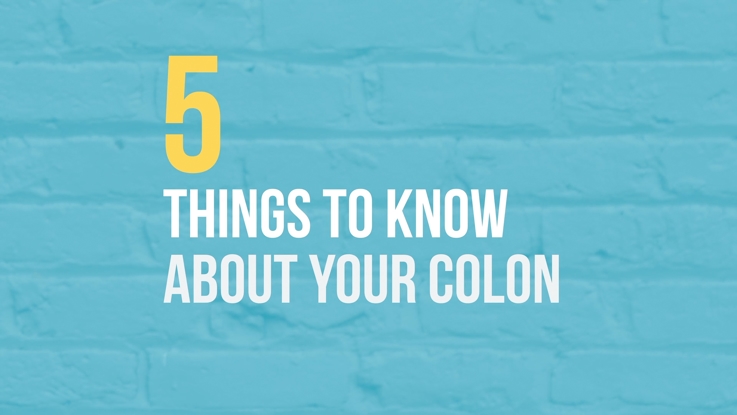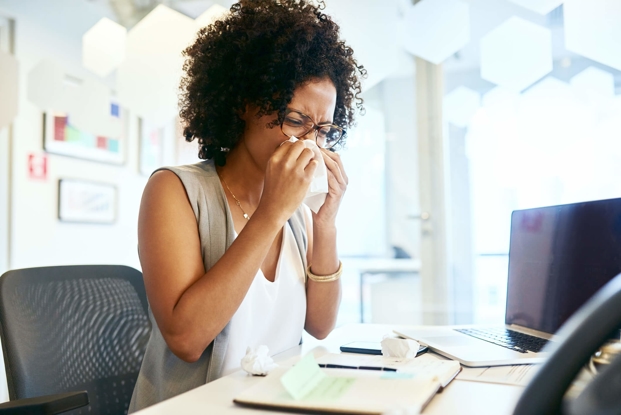Tips for managing fall allergies
- Category: News, Healthy Living
- Posted On:
- Written By: Dr. Anne Carrere

Most people think seasonal allergies are only a problem in the spring. However, seasonal allergies can also affect you in the fall. All the common allergy symptoms, such as a runny nose and watery eyes, can hit you in the fall as well as in the spring. As we head into the fall allergy season, Dr. Anne Carrere, Touro’s Internal Medicine physician discusses on some tips for managing fall allergies.
What causes fall allergies?
Fall allergy triggers include:
- Ragweed releases its pollen in the late summer and fall as nights grow longer. Ragweed pollen can travel for hundreds of miles on the wind. For some people who are allergic to ragweed, certain fruits and vegetables including bananas, melon, and zucchini, can also cause symptoms.
- Mold
- Dust mites- they can get stirred into the air the first time you turn on your heat in the fall and they can trigger sneezes, wheezes, and runny noses.
How can I treat my allergies?
There are medications you can use:
- Steroid nasal sprays
- Antihistamines
- Decongestants
- Immunotherapy in the form of allergy shots or oral tablets or drops
- Over-the-counter medications- talk to your doctor to make sure you are getting the right one.
- Decongestant nasal sprays, for example, should only be used for 3 days. If you use them longer, you may actually get more congested. And, if you have high blood pressure, some allergy drugs may not be right for you.
Tips to fight fall allergies
- Stay indoors with the doors and windows closed when pollen is at its peak (usually in the late morning or midday). Check pollen counts in the area.
- Before you turn on your heat for the first time, clean your heating vents and change the filter.
- Use a HEPA (high efficiency particulate air) filter in your heating system to remove pollen, mold, and other particles from the air
- Keep outside mold away from your house
- Outdoor mold grow in leaf piles, rotting logs, and compost heaps. Remove all dead vegetation from around the perimeter of your house and make sure that water from rain gutters can run away from your foundation.
- Root out indoor mold
- Indoor mold love damp areas, so bathrooms, laundry areas, and kitchens are among their favorite places. Always look for any leaks under sinks and around appliances and repair them promptly.
- Use a dehumidifier to keep your air at between 35% and 50% humidity
- Wear a mask when you rake leaves so you don’t breathe in mold spores.
- Beware of foods that trigger your symptoms

Dr. Carrere specializes in Internal Medicine at Touro. She attended Tulane University Medical School and completed her residency at Oregon Health Sciences University in Portland, Oregon. Dr. Carrere is board-certified by the American Board of Internal Medicine.


